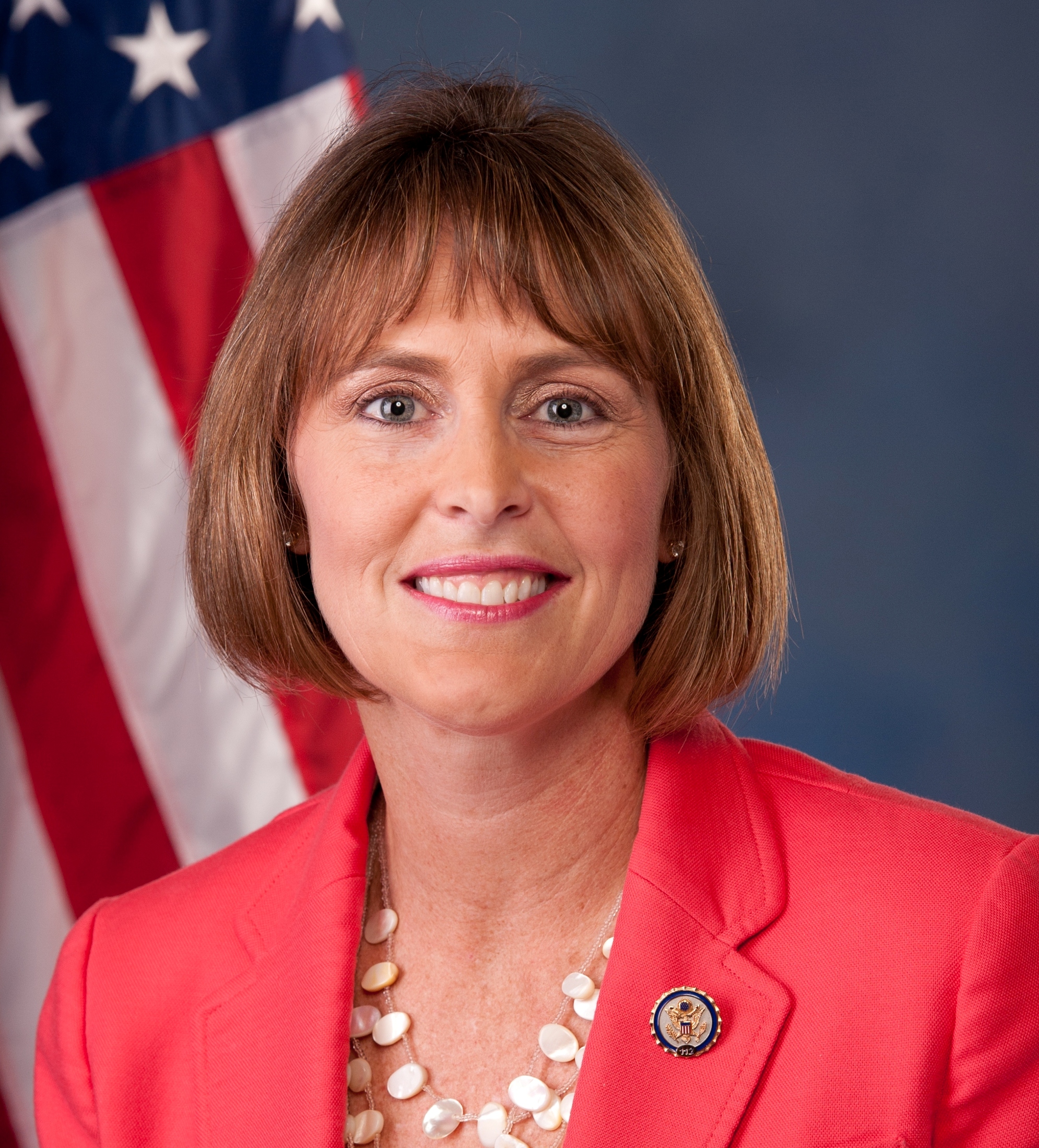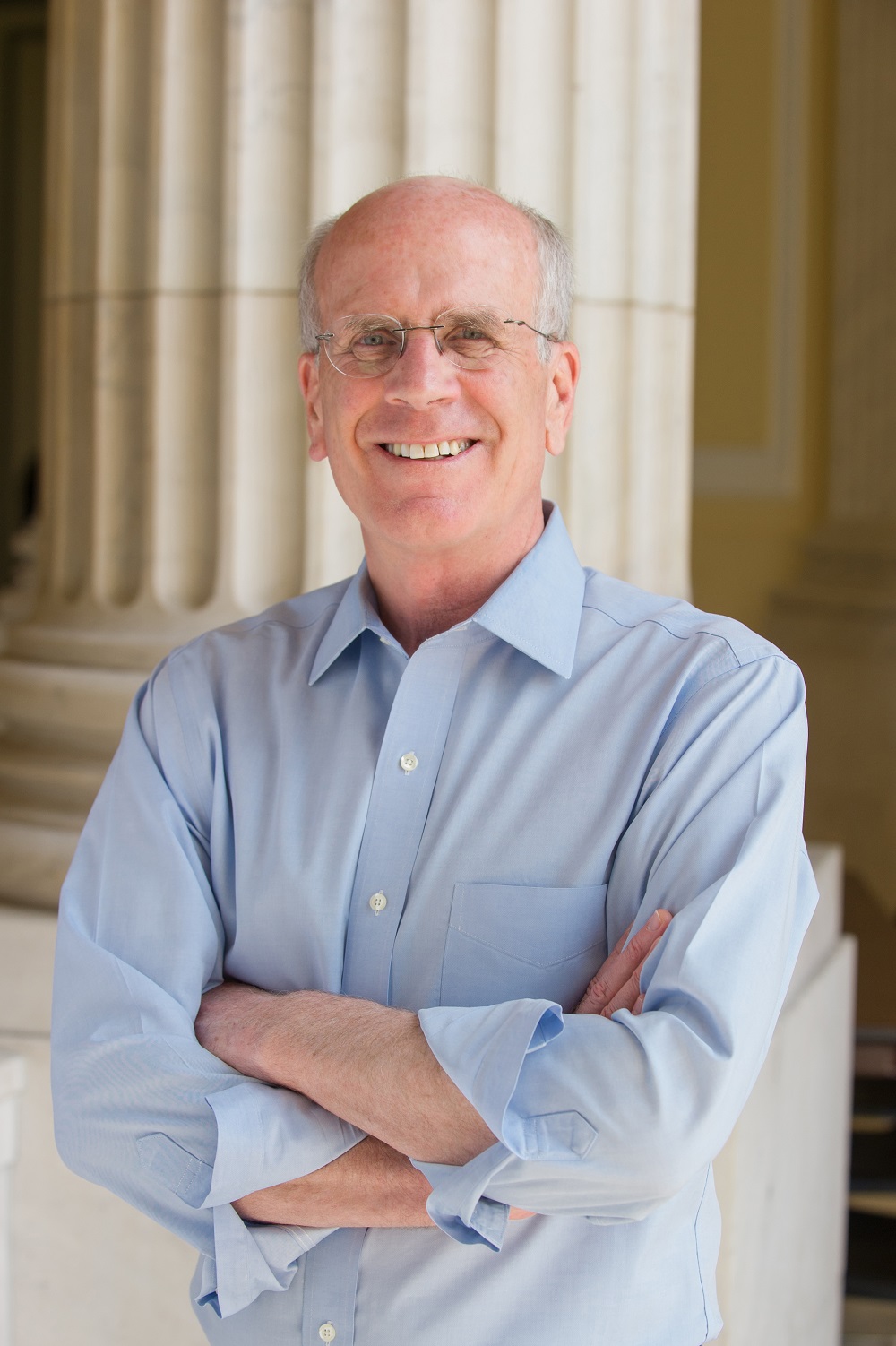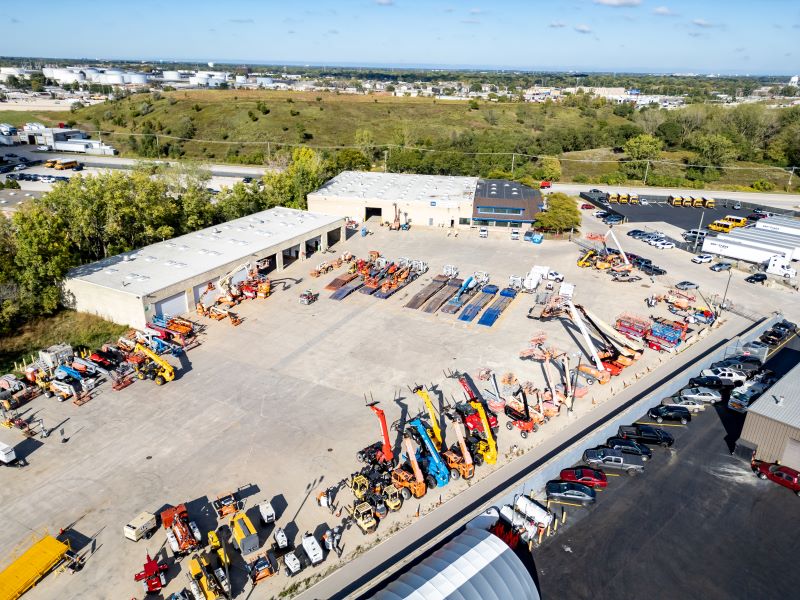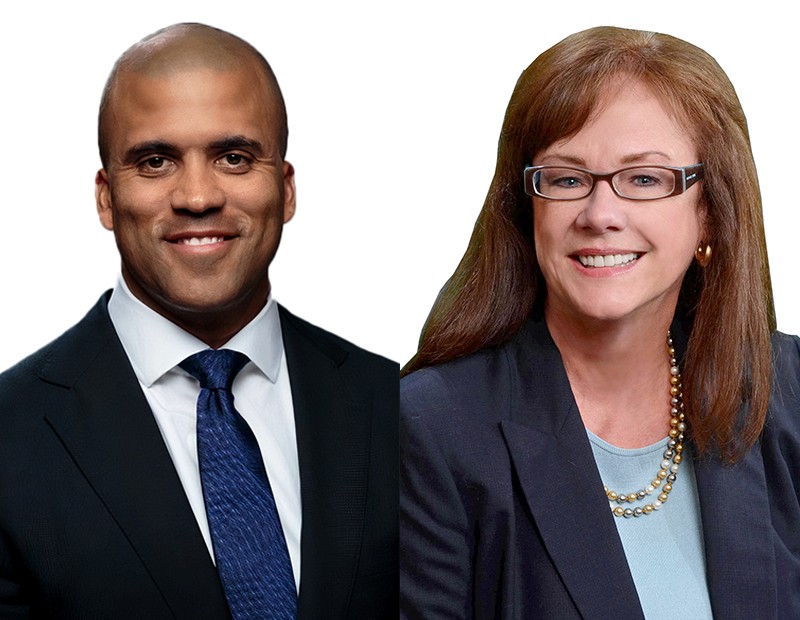For Green Building Policy, a Potential Reset
Members of Congress and a Blackstone executive on how proposed energy initiatives could affect real estate operations.

Rep. Kathy Castor (D-Florida) Image via Wikimedia Commons
As President-elect Joe Biden gets ready to take office next month, energy industry experts and policy makers are paying close attention to his proposed $2 trillion clean energy plan and its implications for property operations.
During a recent U.S. Green Building Council webinar, business executives and members of Congress who have been working on energy and climate-related legislation agreed that reducing carbon emissions from buildings, increasing energy efficiency homes and businesses and reducing costs will all be key to future federal policies.
“They’re central to what we have to do to tackle the climate crisis and build a clean energy future. Buildings account for a significant portion of the U.S. greenhouse gas emissions,” said Rep. Kathy Castor (D-Florida), chair of the House Select Committee on the Climate Crisis.
READ ALSO: Public-Private Collaboration Targets Decarbonization
Residential and commercial buildings are responsible for about 40 percent of U.S. energy use. According to Castor, low- and moderate-income Americans carry a lot of the burden by spending a greater percentage of their budgets on energy costs and generally living in less energy-efficient homes.
“Addressing building emissions will be critical to the clean energy future and ensuring justice for communities that are all too often left behind,” Castor said.
Energy Efficiency Roadmap
Both Castor and Rep. Peter Welch (D-Vermont), member of the House Committee on Energy and Commerce, said that state and local governments have been leading on energy efficiency and sustainability policy for the past four years—and the federal government must now act as a strong partner.
“We need to increase funding for energy efficiency and incentives. We have to improve technical assistance and financial support for implementing new building codes and standards. We have to invest in accelerating the adoption of new technology like electrification, grid-integrated buildings and green building materials,” Castor said. In order to achieve a net-zero emission clean economy, all existing and new buildings as well as retrofit projects will have to be efficient, electrified, smart, green and resilient, she added.
TUNE IN: Podcast: Committing to Net Zero

Rep. Peter Welch (D-Vermont) Image via Wikimedia Commons
Even though the Trump administration denied the existence of climate change, there have been bipartisan efforts in Congress to lay the foundation for moving ahead with Biden’s plans, Welch noted. Some of those legislative efforts may be included in the omnibus spending bill this month. While the bill would not include more controversial issues like emissions targets or wind and solar tax credits, the current version would provide funding and grants for research into new technologies as well as renewable energy pilot programs. It may also include financing options to expand existing public-private partnerships and create new ones.
Biden’s plan aims to reduce the carbon footprint of the nation’s building stock by 50 percent by 2035, as well as achieving net zero for commercial buildings by 2030 and net zero economy-wide by 2050. The plan also calls for upgrading 4 million buildings, weatherizing 2 million homes over the next four years, and spurring the construction of 1.5 million sustainable homes and housing units.
“The opportunities we have are immense. The foundation that’s been established means that when we reconvene the new Congress we’re going to be able to act very, very soon on concrete legislation that is working towards the goals that you all (USGBC) have been working towards for so long,” Welch said.
One piece of bipartisan legislation that Welch co-sponsored nearly two years ago with Rep. David McKinley (R-West Virginia) that could be revived is the Home Owner Managing Energy Savings Act providing rebates ranging from $2,500 to $5,000 or tax incentives to homeowners who make energy-efficient improvements.
Castor referred to the Growing Renewable Energy and Efficiency Now (GREEN) Act introduced earlier this year by House Ways and Means Select Revenue Measures Subcommittee Chairman Mike Thompson, D-Calif., along with 47 co-sponsors. Among other steps, the legislation would provide tax incentives to reduce carbon emissions in homes and businesses, update standards and support adoption of zero-emission vehicles. “Look for that to be front and center,” Castor said. “It’s all hands on deck. We have to use all the tools in the toolbox.”
Creating opportunities and incentives for property owners and homeowners to retrofit their properties and improve energy efficiency will create much-needed jobs, proponents predict. “This has the potential to be one of the biggest jobs programs that we’ve ever had,” Welch noted, adding that the burden on Congress going forward is “making sure what we propose is practical”.
Standards and Regulations

Don Anderson, operating partner and chief sustainability officer at Blackstone. Image courtesy of Blackstone
Policy makers must take standards for areas like energy efficiency and data collection to the next level and make it even more granular than what Energy STAR and LEED use now, argues Don Anderson, operating partner and chief sustainability officer at Blackstone. The firm has announced a 15 percent emission reduction target for new acquisitions that is possible because the firm has spent the past 10 years studying and improving building energy usage in its global portfolio.
“A scenario that I don’t like (is) the dozen or so regional regulations in the U.S. that take their own view of how to use this data, so there’s no standard and so you never get to the right level across the U.S., because you’re chasing individual standards that are evolving as experiments,” Anderson said. “I would rather see a U.S.-level orientation towards how data is collected, made available and utilized which could be re-interpreted locally.”
The Energy STAR portfolio manager tool, Anderson said, is used by more than 500,000 buildings as a way to “extend the consistent nationwide approach to how you use data better.”
Market transformation has moved over the past decade from a largely voluntary effort accomplished through public-private partnerships and federal funding to a process often guided by regulation. “Now there are over a dozen regulatory hurdles we have to understand and take seriously,” Anderson noted.







You must be logged in to post a comment.